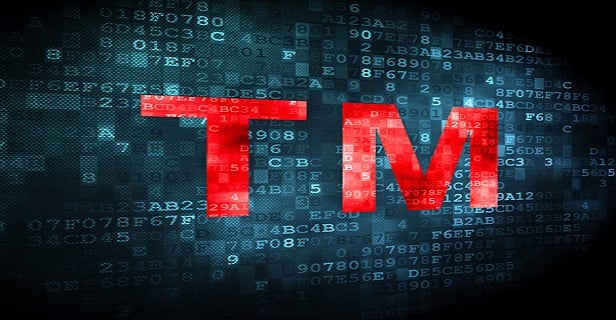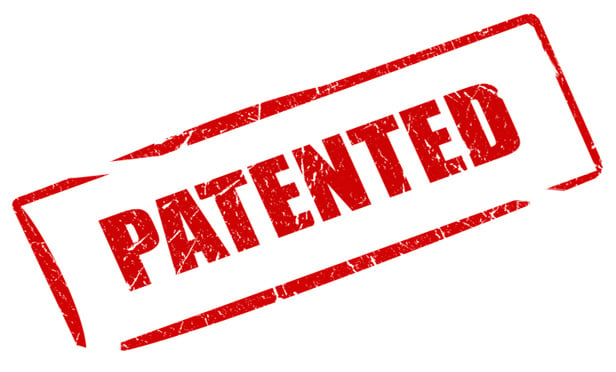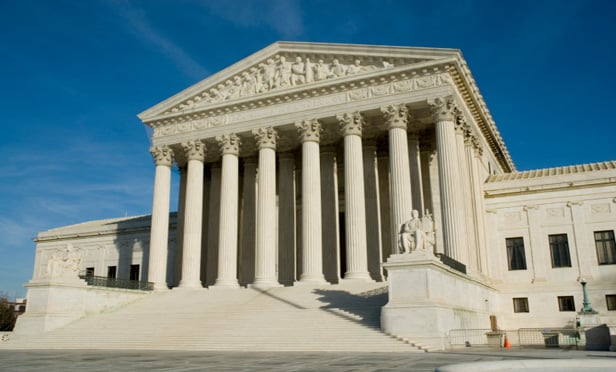Columns & Departments

IP News
Federal Circuit Affirms District Court's Decision That an Artificial Intelligence Software System Cannot Be Listed as an Inventor on a Patent Application Federal Circuit Affirms District Court's Partial Award of Attorney's Fees
Features

Protecting a Trademark Licensor's Rights In a Bankruptcy Case
A recent bankruptcy case from the District of Delaware underscores the need for a trademark licensor to be alert to filings made in its licensee's bankruptcy case that may require prompt action by the licensor to protect its valuable rights under a license agreement.
Features

Federal Circuit Analyzes Specification and Prosecution History Claim Language Usage
University of Massachusetts v. L'Oréal Absent an express disclaimer or special definition of how a term is to be interpreted, it can be frustrating to get a court to reject the plain and ordinary meaning of claim language read in a vacuum, based on the subtleties of how a term is used in a patent or its prosecution history.
Features

One Banana, Two Banana: Can a Banana Taped to a Wall Be Copyright Protected Art?
On July 7, 2022, the Southern District of Florida denied a motion to dismiss in Morford v. Cattelan, which began by posing the following question: "Can a banana taped to a wall be art?"
Features

Digital Advertising: Customer Confusion and Trademark Infringement
In the absence of a federal statutory scheme specifically aimed at digital advertising practices, the courts have focused on consumer-facing issues covered by existing law, such as privacy, transparency, and deceptive or misleading advertising practices. But digital advertising technology can also present new challenges in copyright and trademark protection.
Features

Copyright Plaintiffs Can Reach Back More Than Three Years In Seeking Infringement Damages, Ninth Circuit Rules
How far back from accrual of a claim may a plaintiff reach for copyright damages?
Columns & Departments

IP News
Copyright Standing and Fifth Circuit Trade Dress Factors
Features

UPDATE: Did the Supreme Court's 'Arthrex' Decision Open Pandora's Box?
In June 2021, the Supreme Court ruled in U.S. v. Arthrex that the statutory scheme appointing Patent Trial and Appeal Board administrative patent judges to adjudicate IPRs violates the appointments clause of the U.S. Constitution. Specifically, the Court concluded that because APJ decisions in IPR proceedings are not reviewable by a presidentially appointed and Senate-confirmed officer, such determinations are not compatible with the powers of inferior officers. The PTO later decided that it would not accept requests for director review of institution decisions. This policy is now also being questioned in Arthrex's wake.
Features

Quebec's Bill 96 and Trademarks: Product Packaging and Labelling
The modifications brought by the Quebec's Bill 96 will have a far-reaching impact on how businesses use trademarks on product packaging, labelling, public signage and in commercial advertising. This article is Part One of a two-part series on Bill 96 and trademarks and covers the effects as they relate to product packaging and labelling and how best to comply with these new provisions.
Features

Proper Notice of Trademark Rights: Using Trademark Symbols for Three-Dimensional Packaging and Product Designs
Among the most common questions trademark attorneys are asked is what the differences are between the symbols ®, TM, and SM. When should such symbols should be used? Where should they appear? How frequently? Do they even need to be used at all?
Need Help?
- Prefer an IP authenticated environment? Request a transition or call 800-756-8993.
- Need other assistance? email Customer Service or call 1-877-256-2472.
MOST POPULAR STORIES
- The DOJ's Corporate Enforcement Policy: One Year LaterThe DOJ's Criminal Division issued three declinations since the issuance of the revised CEP a year ago. Review of these cases gives insight into DOJ's implementation of the new policy in practice.Read More ›
- Delaware Chancery Court Takes Fresh Look At Zone of InsolvencyOver a decade ago, a Delaware Chancery Court's footnote in <i>Credit Lyonnais Bank Nederland, N.V. v. Pathe Communications</i>, 1991 WL 277613 (Del. Ch. 1991), established the "zone of insolvency" as something to be feared by directors and officers and served as a catalyst for countless creditor lawsuits. Claims by creditors committee and trustees against directors and officers for breach of fiduciary duties owed to creditors have since become commonplace. But in a decision that may have equally great repercussion both in the Boardroom and in bankruptcy cases, the Delaware Chancery Court has revisited zone-of-insolvency case law and limited this ever-expanding legal theory.Read More ›
- Compliance Officers: Recent Regulatory Guidance and Enforcement Actions and Mitigating the Risk of Personal LiabilityThis article explores legal developments over the past year that may impact compliance officer personal liability.Read More ›
- How Far Can You Reach? The Territorial Limits of Lanham Act Infringement and False Designation of Origin ClaimsOn June 29, 2023, the U.S. Supreme Court set new geographic limits for infringement and false designation of origin claims raised under Sections 1114 and 1125(a) of the Lanham Act. Given the global nature of business today, the decision highlights the need for trademark owners to continually reassess and, perhaps, expand their international trademark registration strategy as product lines and brands become more international in scope.Read More ›
- Use of Deferred Prosecution Agreements In White Collar InvestigationsThis article discusses the practical and policy reasons for the use of DPAs and NPAs in white-collar criminal investigations, and considers the NDAA's new reporting provision and its relationship with other efforts to enhance transparency in DOJ decision-making.Read More ›
